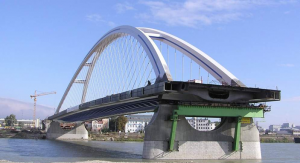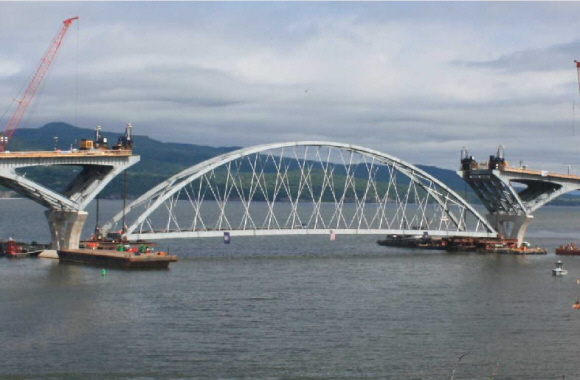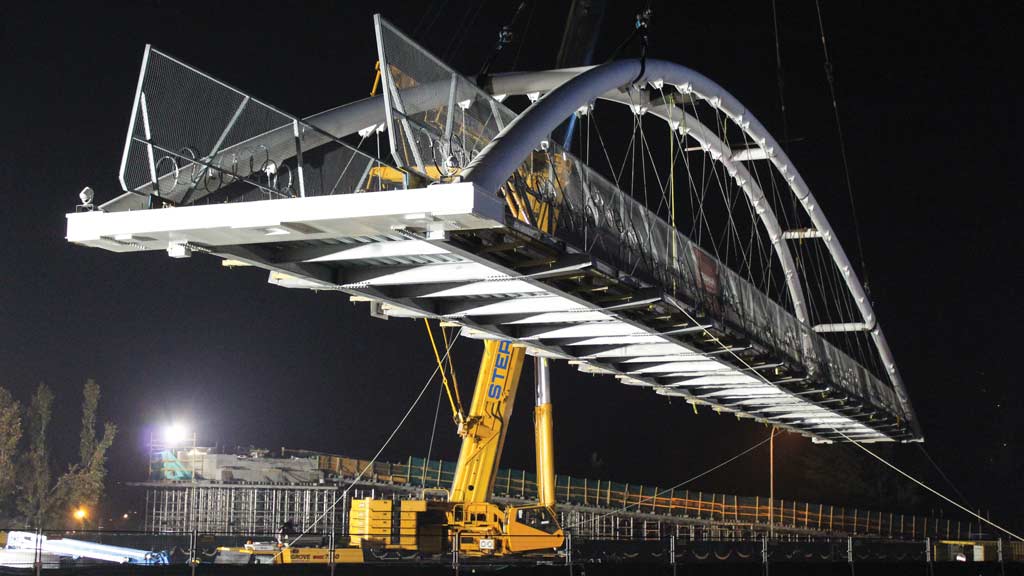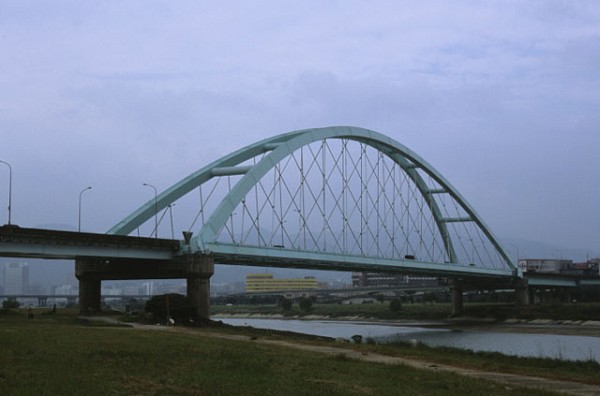DominusNovus
Senior Member
- Joined
- Jun 20, 2010
- Messages
- 1,081
- Reaction score
- 193
That's it in a nutshell. Sometimes things don't change until the next generation gets to be in charge, and the boomers have pretty much overstayed their welcome. They'll support spending $1 BN on bridges for their cars but continue to protest peanuts for improved transit, bike lanes, sidewalks (yes, there are people on the Cape who protest sidewalks!), and building attainable housing for the local workforce.
Rebuilding the bridges makes sense if they're past their lifespan, but doing anything that adds more capacity is a fruitless endeavor. The local road networks just can't handle more cars.
Not exactly my point, specifically. The Cape needs road improvements, too.
Its not so much that NIMBYs protest everything but cars, they protest everything including cars. In Falmouth, for example, the locals keep objecting to widening rte 28 a few feet, because some trees will get cut down. Its not a car vs mass transit thing, its a stasis vs progress thing.






